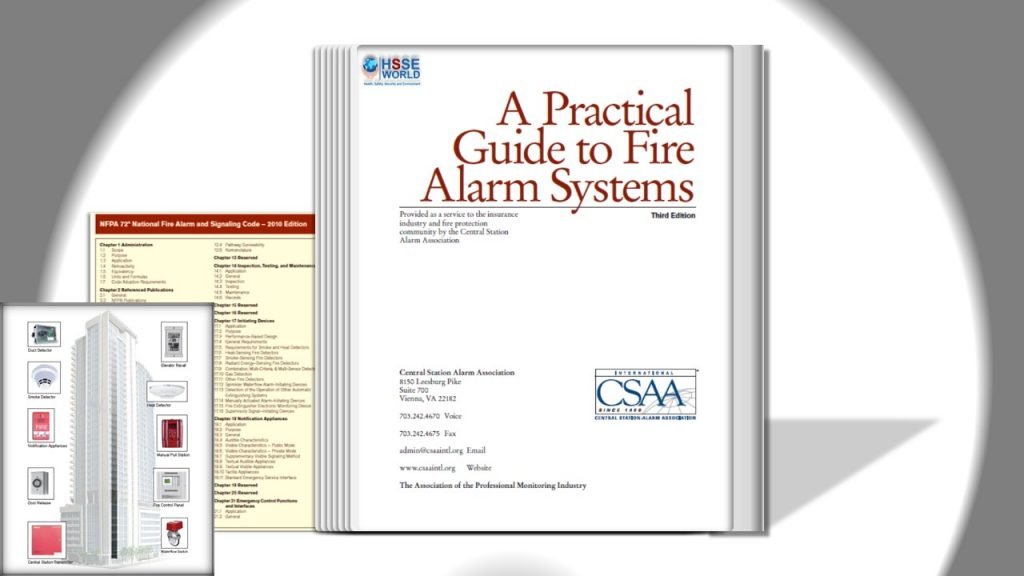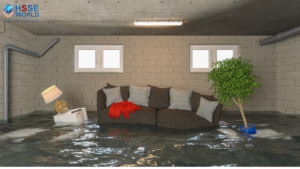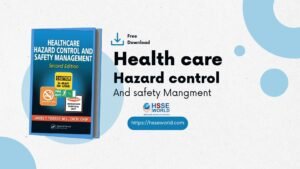E-Books: A Practical Guide to Fire Alarm Systems
5 min readThis third edition of A Practical Guide to Fire Alarm Systems is the first electronic version of the guide. The guide is a collaborative effort of many, but particular thanks must go to Dr. Shane M. Clary of Bay Alarm Company in Pacheco, California, whose outstanding and detailed review and comments were instrumental in the production of the guide. Additional thanks go to Lou Fiore, of L.T. Fiore, Inc., and Peter Tallman of Underwriters Laboratories, for their review and comments. The guide was graphically designed by Jay Tribich of DGA Security Systems, Inc. in New York.
The guide is a living document and all comments and suggestions are welcome and encouraged.

This Guide was commissioned by the Central Station Alarm Association to enable those who come in contact with fire alarm systems to have a better understanding of how these systems work. This edition has been updated to reflect Code changes and includes additional information to assist the reader in a better understanding of the part Central Station connected fire alarm systems play in meeting the Life Safety Protection, Property Protection, Mission Protection, and Heritage Preservation fire protection goals of the owner. Since the second edition of this publication, there have been three editions of NFPA 72® published. These are 2002, 2007, and the 2010 editions. This guide is not meant to replace knowledge of various code and standards but is meant as a guide to give the reader an overview.
What constitutes a useful and reliable fire alarm system? Generally, a fire alarm system is installed for protection of life, property, and mission. In order for a fire alarm system to be useful, it must be able to perform these functions:
- Detect the presence of a fire.
- Notify the occupants
- Notify the fire department (usually through a central station connection)
- Operate other fire safety functions, e.g., release magnetically held open smoke doors.
Heat and smoke detectors are the most commonly used fire detection devices. Heat detectors are designed to detect a fixed amount of heat present at the detector or a rapid increase of heat in the area of the detector. Smoke detectors can detect the presence of smoke in an area (when it reached the ceiling where the detector is normally located.) There are two common types of smoke detectors, ionization and photoelectric. Care should be taken in selecting the type of detector to be used. Ion detectors will detect a flaming fire faster, but a photoelectric detector will detect a smoldering fire quicker in most situations. Manual fire alarm boxes are usually placed (as a minimum) at all exits on each floor in a building. If an automatic sprinkler system is present in a building, water flow devices are used to indicate that system’s operation. More detailed information on all of these devices is covered in later sections of this Guide.
In order for the automatic detection devices, such as heat and smoke detectors, to provide the intended protection, care must be taken in
Content
6 About the Central Station Alarm Association
7 Basic Fire Alarm Systems Overview
13 1. Selecting a Fire Alarm System for your Application
Life Safety
Property Protection
Mission Protection
Heritage Protection
Application Guidelines
19 2. Basic Fire Alarm Systems
Fire Alarm System Components
Alarm Initiating Devices
Notification Appliances
Fire Alarm Control Units (Panels)
Remote Annunciators
Battery Standby Power
Fire Safety Control Functions
Fire Alarm System Wiring
Types of Fire Alarm Systems
Protected Premises
Emergency Voice / Alarm Communication
Central Station
Proprietary
Remote Station
Auxiliary Systems
The Building Codes and Listed Central Station Service
38 3. Fire Alarm Transmission Systems
40 4. Equipment and Trained Personnel
41 5. The Fire Alarm Certificate Service of Underwriters Laboratories Inc.
About Underwriters Laboratories
Background
Certificates
Inspections
Listings
Required Services
UL Certificate Verification Service (ULCVS)
Benefits of ULCVS
Certificate Reports
UL Procedures for Issuing Alarm Certificates
46 6. Factory Mutual Research Corporation (FMRC) Approval Process
About Factory Mutual Research Corporation (FMRC)
Factory Mutual Approval Guide
Factory Mutual Central Station Approval
Factory Mutual Protective Signaling Service – Local Companies
49 7. ETL Listed Alarm System Certification Program
About Intertek
Background
Certificates
Inspections
Intertek’s Alarm Service Company Database, My Test Central
Additional Information
51 8 Residential Fire Alarm Systems
53 9. Fire Detection to Comply with Insurance Requirements
55 10. Highly Protected Risks (HPR) Fire Protection and Surveillance
57 11. Special Appliance for Fire Protection
Combination Systems
Special Hazard Systems
Automatic Sprinkler Systems Interface with Fire Alarm Systems
59 12. Maintaining Fire Alarm System Reliability
Fire Alarm System Reliability
Testing Requirements
63 References
64 Appendix: Glossary of Terms
Download the BOOK
More downloads
- E-Books: Healthcare Hazard Control & Safety Management
- E-Books: Safety, Health and Working Conditions Training Manual
- E-Books: Energy Efficiency in Water and Wastewater Facilities
- E-Books: Fire Service Features of Buildings and Fire Protection Systems
- E-Books: Evaluation of Fire Safety free download
- E-Books: PPE for Chemical, Biological, and Radiological Hazards free
- E-Books: Changing the Workplace Safety Culture free download
- E-Books: Site Emergency Planning Workbook
- E-Books: Load Restraint Guide
- E-Books: Essential Practices for Creating, Strengthening, and Sustaining Process Safety Culture
- E-Books: System Safety Engineering and Risk Assessment
- E-Books: Permit-Required Confined Spaces
- E-Books: Is it Safe to Enter Confined Space?
- E-Books: 5-Minute Workplace Safety Talks
- E-Books: Safety Culture and High-Risk Environments
- E-Books: Practical Guide to Industrial Safety
- E-Books: Slip, Trip, and Fall Prevention for Healthcare Workers
- E-Books: Health and Safety at Work Key Terms
- E-Books: Fundamentals of Process Safety Engineering
- E-Books: Gas Detection Hand Book
- E-Books: Occupational health and safety management systems ANSI-AIHA-z10-2012
- E-Books: Hot Work on Drums and Tanks
- E-Books: Human Fatigue Risk Management
- E-Books: Guidelines for the provision of facilities and general safety in the construction industry
- E-Books: Handbook of Training in Mine Rescue and Recovery Operations ( 2021)
- E-Books: Code of Practice for the Safe Use of Lifting Equipment – Edition 9 (Nov 2019)
- E-Books: Free Forklift Health and Safety Best Practices Guideline
- E-Books: Handbook of Hazardous Chemical Properties
- E-Books: Human Performance Improvement through Human Error Prevention
- E-Books: Principles Of Fire Risk Assessment In Buildings
- E-Books: Investigation of Occupational Accidents and Diseases
- E-Books: Radiation Protection and Safety in Industrial Radiography
- E-Books: Basic Guide to System Safety, Third Edition
- E-Books: Food Safety Management-A Practical Guide for the Food Industry
- E-Books: Safety identification: Escape and evacuation plan signs- ISO 23601
- E-Books: Safety at Work
- E-Books: The Safety-Critical Systems Handbook 4th edition
- E-Books: Fundamental principles of occupational health and safety
- E-Books: Fire Safety Risk assessment Guide – Sleeping Accommodation
- E-Books: Mental health at work series
- E-Books: Live Fire Training: Principles and Practice
- E-Books: Pre-Startup Safety Review Guide
- E-Books: Fire and Emergency Drill Manual and Building Inspection Guide
- E-Books: Health and Safety: Risk Management 5th edition
- E-Books: Fire Protection systems -Third edition 2021
- E-Books: Fire Safety Logbook templates
- E-Books: From Accidents to Zero
- E-Books: Electric Safety Practice and Standards



